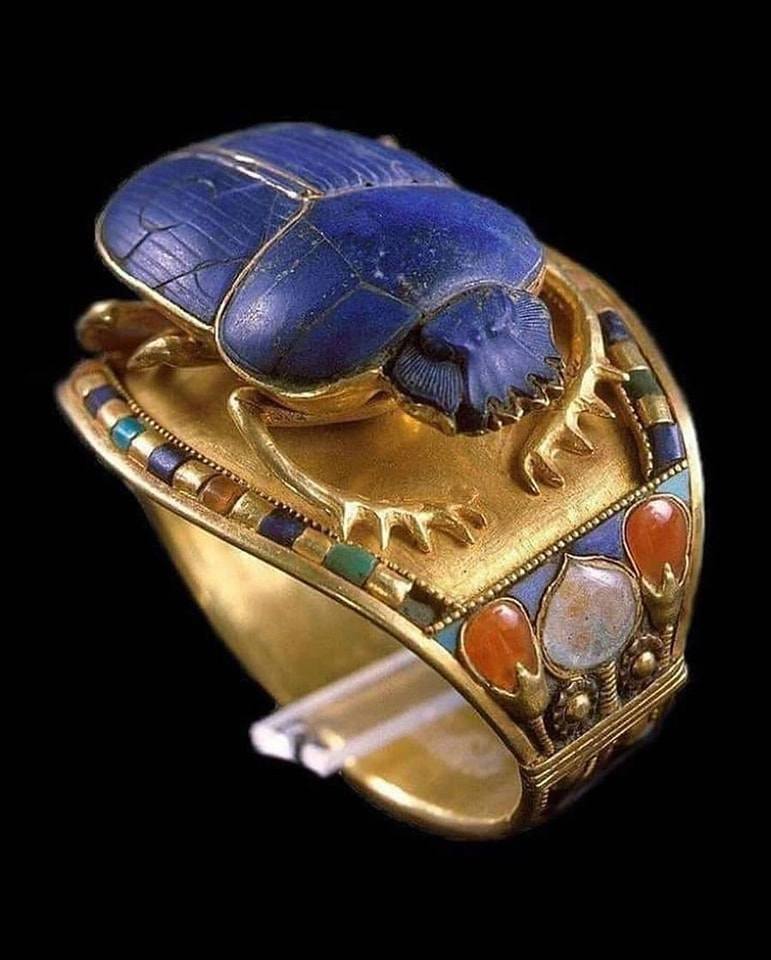Decoding the Secrets Behind One of Egypt’s Oldest Mummies
Lady Rai (c. 1570/1560 BC – 1530 BC)
Lady Rai was an ancient Egyptian woman of the early 18th Dynasty who served as nursemaid to Queen Ahmose-Nefertari (1562–1495 BC).
Her mummified remains were discovered in a Theban tomb in 1881 and it is estimated that she was about 30–40 years old when she died around 1530 BC. The mummy was unwrapped by Grafton Elliot Smith in 1909. He distinguished her mummy as "the most perfect example of embalming that has come down to us from the time of the early 18th Dynasty, or perhaps even of any period". He further characterized her as "the least unlovely" of the existing female mummies, and described as a "slim, gracefully-built woman", measuring 1.510 metres (4 ft 11.4 in) in height, with small "childlike" hands.
Decoding the Secrets Behind One of Egypt’s Oldest Mummies
Lady Rai (c. 1570/1560 BC – 1530 BC)
Lady Rai was an ancient Egyptian woman of the early 18th Dynasty who served as nursemaid to Queen Ahmose-Nefertari (1562–1495 BC).
Her mummified remains were discovered in a Theban tomb in 1881 and it is estimated that she was about 30–40 years old when she died around 1530 BC. The mummy was unwrapped by Grafton Elliot Smith in 1909. He distinguished her mummy as "the most perfect example of embalming that has come down to us from the time of the early 18th Dynasty, or perhaps even of any period". He further characterized her as "the least unlovely" of the existing female mummies, and described as a "slim, gracefully-built woman", measuring 1.510 metres (4 ft 11.4 in) in height, with small "childlike" hands.






